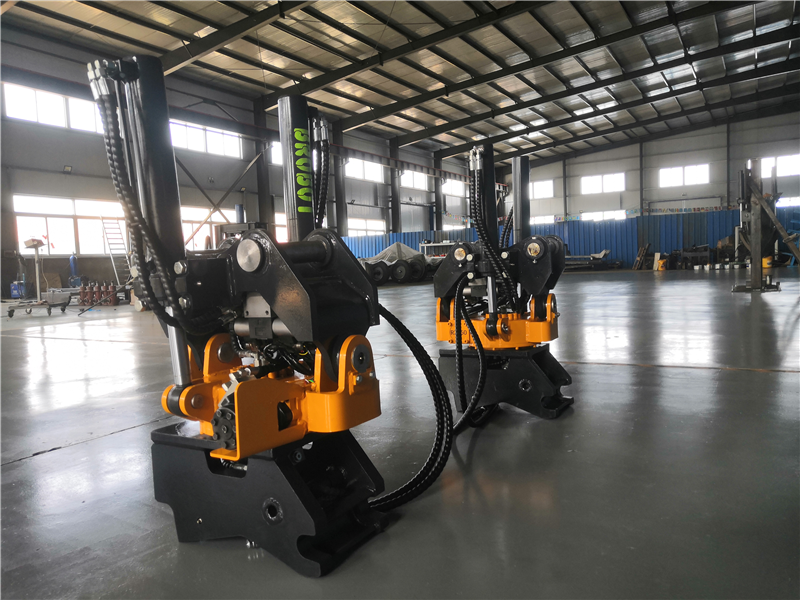From the data of previous years, the annual supply of industrial robots in China ranged from 15,000 units in 2012 to 115,000 units in 2016, with an average compound annual growth rate between 20% and 25%, including 87,000 units in 2016, an increase of 27% year-on-year. The following industrial robotics industry industry layout analysis is conducted. The industrial robot industry analysis indicates that in 2010, the labor demand index for small and medium-sized enterprises in China surged, bringing about an upward industrial boom, while labor costs plummeted, making China's industrial robot growth rate in 2010 have a growth rate of more than 170%. 2012 to 2013 saw another large increase in the labor demand index, producing the result that China's industrial robot sales in that year produced In 2017, China's industrial robots sales reached over 170%.
In 2017, sales of industrial robots in China reached 136,000 units, an increase of over 50% year-on-year. With a conservative forecast of 20% annual growth, China's industrial robot sales could reach 226,000 units/year by 2020. According to the current average price of 300,000 yuan/unit, the market space of industrial robots in China will reach 68 billion yuan by 2020. Through the analysis of the industrial layout of the industrial robot industry, at present, China's industrial robot market still relies on imports to a large extent. According to statistics, the four major families of industrial robots abb, KUKA, Yaskawa and Fanuc led by foreign brands accounted for 69% of the market share of China's robotics industry in 2016. However, domestic robotics companies are seizing market share with a strong momentum. from 2013 to 2016, the share of Chinese local brands of industrial robots has increased from 25% to 31%. According to statistics, the main driver of China's rapid robot growth in 2016 came from the electric power and electronics industry. China's robot sales in the power and electronics sector reached 30,000 units, up 75% year-on-year, of which about 1/3 were domestically produced robots. Sales of domestic robots grew 120% year-on-year, while sales of robots from foreign brands grew about 59%. Household appliance manufacturing, electronic components, computer and external equipment manufacturing, etc. on behalf of the electrical machinery and equipment manufacturing industry robot sales of 58.5%.
Through the analysis of industrial robot industry industrial layout, overall, domestic robot enterprises have low technology and market concentration and relatively weak control of the industrial chain. Upstream components have been in the state of imports, and do not have bargaining advantages over upstream component manufacturers; the majority of the body and integration enterprises are mainly assembled and OEM, and are at the low end of the industrial chain, with low industrial concentration and small overall scale. For robot enterprises that already have a certain amount of capital, market and technical strength, building an industrial chain has become an important way to expand the market and influence. At present, domestic well-known robot enterprises have also stepped up the expansion of their own industrial landscape through cooperation or mergers and acquisitions, and combined with the advantages of local system integration services, they already have a certain degree of competitiveness and are expected to achieve import substitution for foreign brands in the future. The above is all the content of the industrial robot industry industrial layout analysis.

Post time: Apr-21-2023
